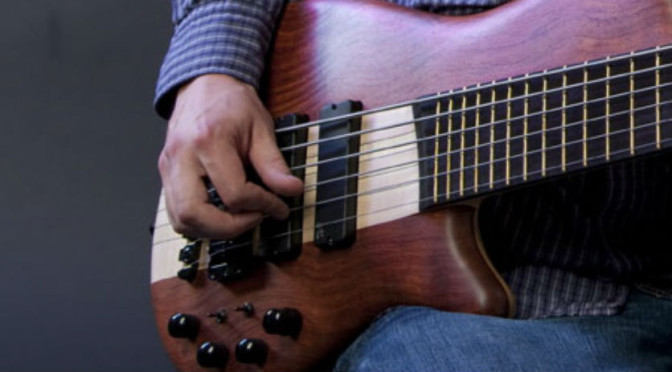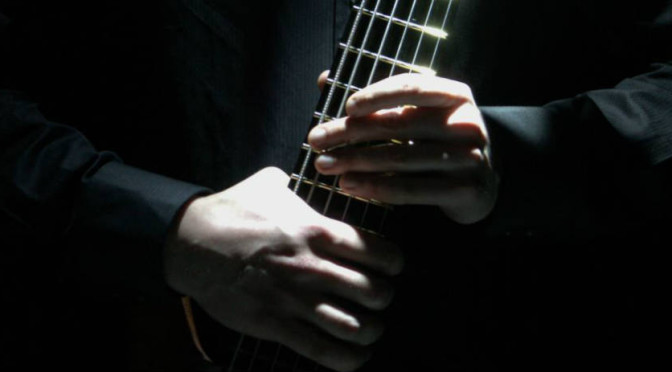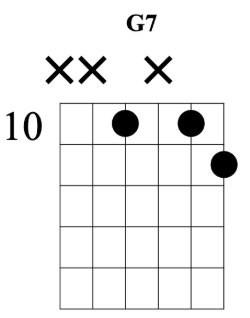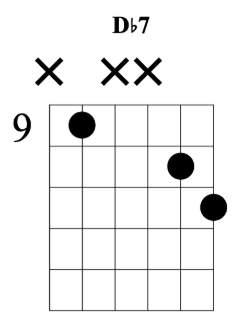Improvisation Strategies on 6-String Bass – Part 2: Naima on Fretless Bass- Bass Practice Diary – 14th July 2020
Naima by John Coltrane has a beautiful but challenging chord progression. Last week, I featured a video demonstrating how I play the chords. But the story isn’t complete without looking at how to improvise over those chords. So, this week I’m demonstrating an improvisation strategy for playing over the part that I find hardest to improvise on.
Modal Chord Progression
Most improvisers think of Naima as being a modal composition. Meaning that they think of each chord as representing the sound of a scale or mode. This is different to the diatonic approach that I looked at in my Improvisation Strategies: Part 1 video. In that video I looked at a I-VI-II-V sequence of chords where each chord represented a different degree in the key of Bb major.
When you hear improvisers analysing how to play Naima, usually you’ll hear them say something like, ” play this scale or mode on that chord, and this scale or mode on that chord etc”. And it’s not wrong to think about the progression as a sequence of modes. If you listen to Coltane playing Naima, you can definitely hear that he is playing complete modes quite often.
However, when I’m coming up with an improvisation strategy, I prefer to think in a more economical way. I want to start with something small that I can expand upon. I want to zero in on the notes that I feel best spell out the sound of the harmony. Remember that you can come up with multiple strategies for playing on the same progression. So when you zero in on just a few notes, you’re not limiting yourself, you’re actually creating the potential for much more variation. Because if you start by using all of the notes from the implied scale or mode, then it doesn’t leave as much scope for expanding and using different harmonic ideas.
Naima Improvisation Strategy
Last week I wrote about how I think of all of the chords as being major 7th chord voicings over a pedalled bass note. I won’t repeat myself, so if you’re interested in the chords check out last week’s post.
This four bar section of the harmony comes from the second half of the B section. The chord symbols that I’ve written are different from the Real Book changes, (even when you allow for the change of key). But I think that my changes reflect the harmony that Coltrane was using fairly closely. I wouldn’t recommend getting bogged down in what the chord symbols are. When I was working out how to play this piece, I wasn’t thinking about chord symbols, I was just trying to recreate the sounds that I was hearing and I put the chord symbols on afterwards. So, here is my improvisation strategy for this short four-bar sequence, I’ve picked out five notes to use on each chord.
















